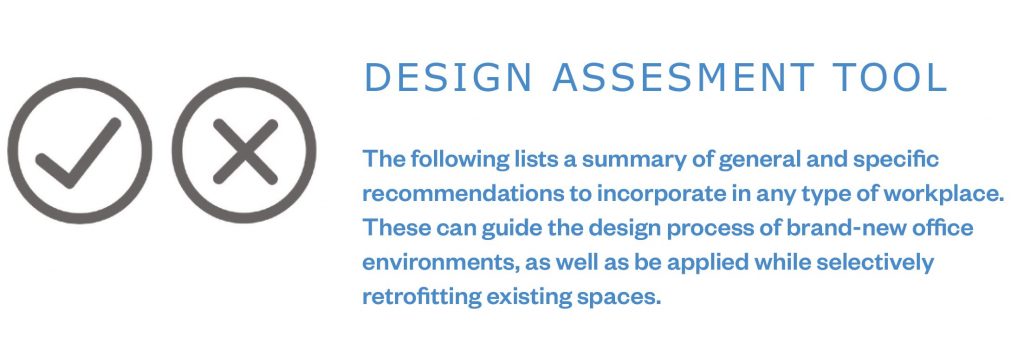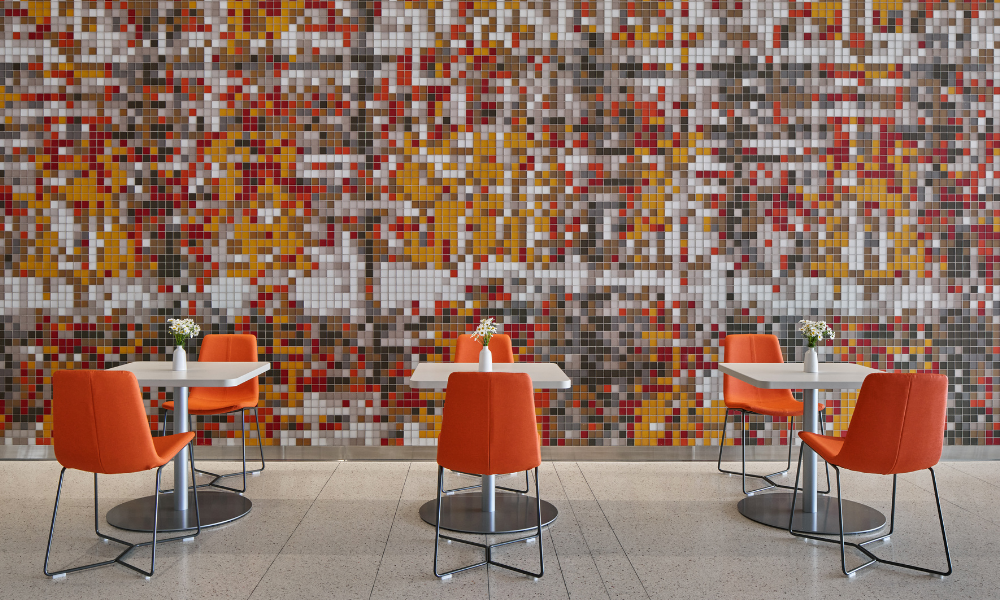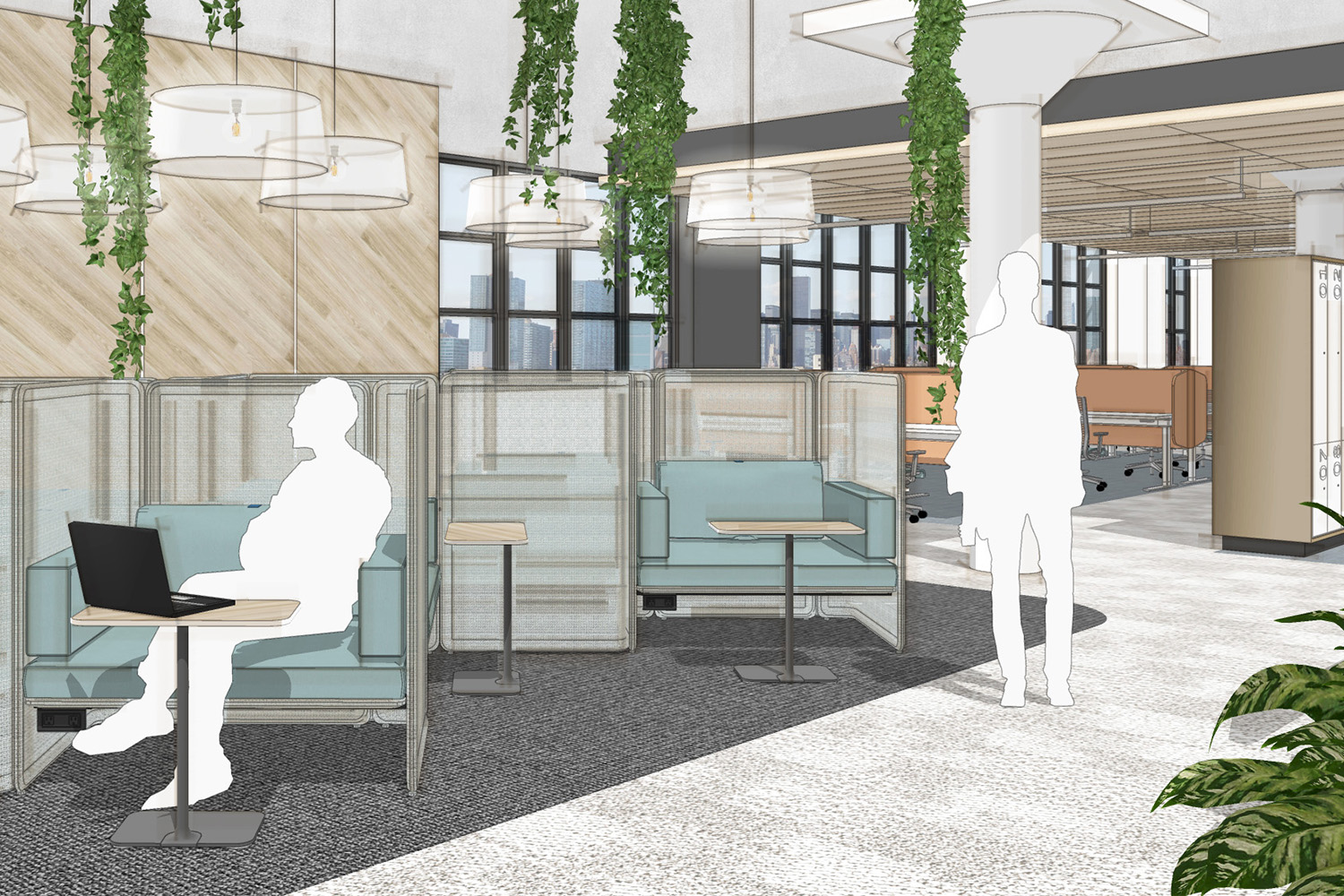
Future of Workplace Design: The Working World After COVID-19 and How We Get There
The pandemic will likely change our day-to-day work life experience long after the crisis subsides, but how meaningful or lasting those changes may be is up for debate. That’s why we’ve put together our Design Guide for a New Workplace Experience, which contains a Design Assessment Tool – a summary of general and specific recommendations to incorporate in any type of workplace.
As we navigate the impact of the pandemic on different aspects of our overall lifestyles, researchers have started exploring its effects on how we work. For most of us, our work-lives changed overnight, and some of those changes are likely to leave a lasting impact on the way we work moving into the future. The advent of COVID-19 has also raised questions for commercial property owners, tenants, and developers. We’ve discussed emerging workplace topics such as the evolving definition for workplace real estate, productivity, de-densification, remote working options for the future of the workplace after Covid-19, and ways to improve workplace safety. We want to look at the data and understand for ourselves where we’re going and how we’ll get there. While we can’t say definitively where that will be, we can observe and note current trends and provide tools and knowledge to guide us toward desired outcomes.
REMOTE WORK & CHANGE IN WORKPLACE PRODUCTVITY
During the pandemic, and with the rise of remote working, 58 percent of corporate leaders are thinking differently about their current real estate square-footage. The number of employees working remotely increased 2.48 times during the pandemic. Videoconferencing tools eased the transition and aided in maintaining collaboration. A study by McKinsey reports that 41 percent of respondents believe they are more productive than before and 28 percent saw no change in productivity. Respondents also suggested that time saved by cutting out long commute time contributed to an increase in individual productivity and improved the quality of work-life balance.
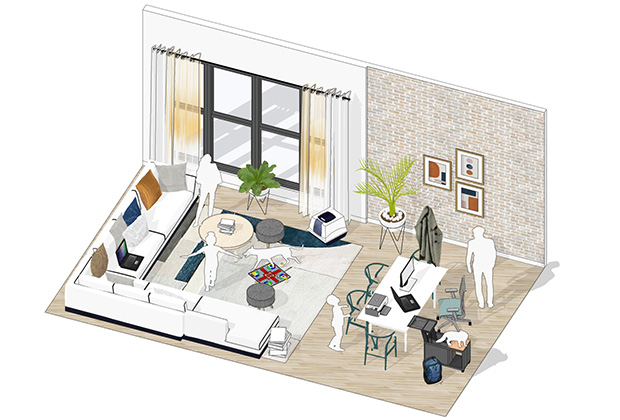
The impact of remote working on productivity is not fully understood. However, we do know that there is an increasing demand for, and acceptance for, remote working. Recent surveys suggest that organizations will accommodate valid remote working requests until the pandemic subsides (52 percent) or change remote working policies altogether in support of remote work (30 percent). Another survey from 317 CFOs and finance leaders showed that 78 percent of companies predict that 10 percent or less of their workforce will permanently remain remote.
A study by Continental Office surveyed 424 workers and showed 30 percent of remote workers feel productive and 42 percent feel more productive than before. This result is, however, a generalization. Employee working conditions, family situations, work styles, project types, and team-work needs to impact productivity. For example, Howe et al. showed that individual differences and mindsets impact productivity levels, with employees experiencing more negative emotions reporting lower productivity in subsequent weeks. The impact on productivity will vary based on the individual, company culture, and employee demographics.
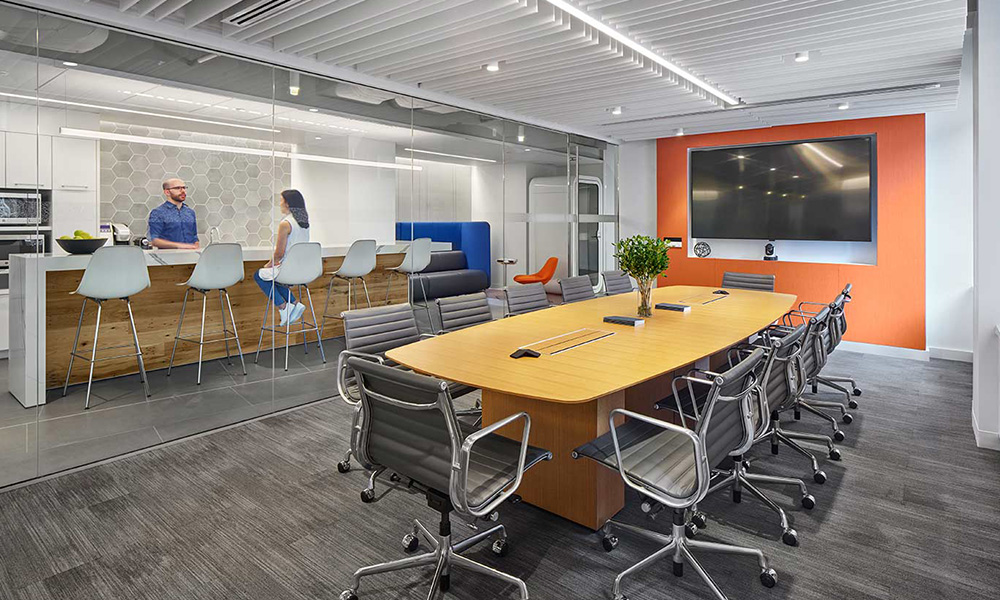
CHANGE IN WORKPLACE REAL ESTATE
Integrated with technological advancements, increases in productivity and a reduction in overall office square footage boosts the bottom line and expands the market. In the long run, flexible and open office spaces will become the norm. Conversely, some experts suggest that in the future some employers may need more space for social distancing instead of jammed workplaces. In contrast, survey results by macroblog from 800 respondents show that 80 percent predict no change in their current floor space needs. The authors argue that the demand for floor space only shrinks by a modest 2.8 percent. In fact, the researchers argue that the pandemic will ultimately have little impact on the future of nonresidential, commercial real estate.
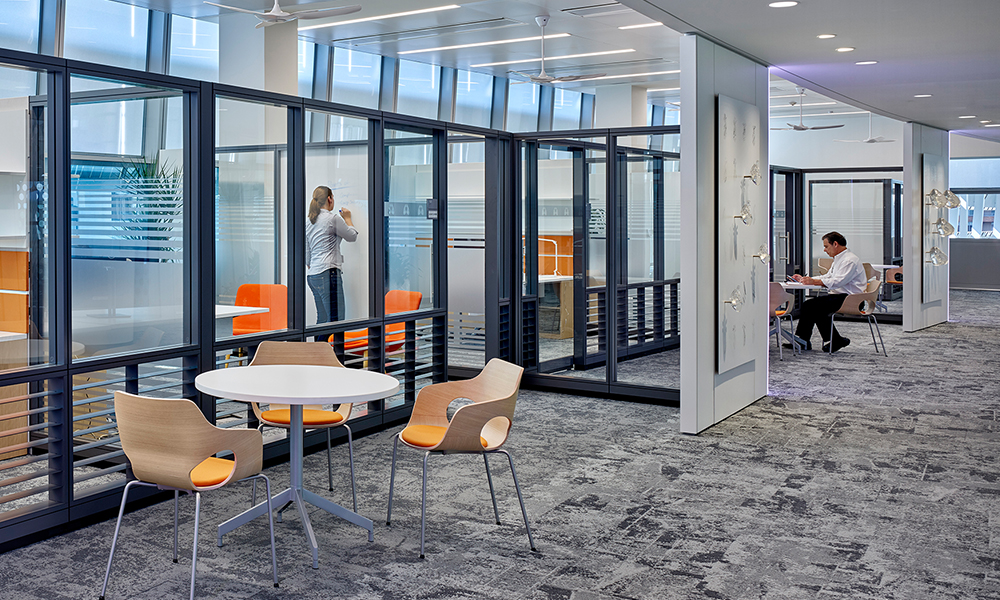
OFFICE DE-DENSIFICICATION
The decision between completely on-site, hybrid, or completely off-site corporate real estate depends on organizational productivity, talent recruitment, and real estate investment goals. Some designers are suggesting that new office spaces will consist of small hubs of connected spaces that support social interaction. Corporate appeal for de-densification will escalate in contrast to demands for large corporate real estate. With this approach, organizations will be clustered into offices that can manage safety while at the same time maintain social interaction and collaboration needs. With the upward and likely lasting trend of remote working options, demands for co-working spaces may increase. Such buildings have shown to support productivity, build social networking, greater happiness, and increase commitment to companies of employees.
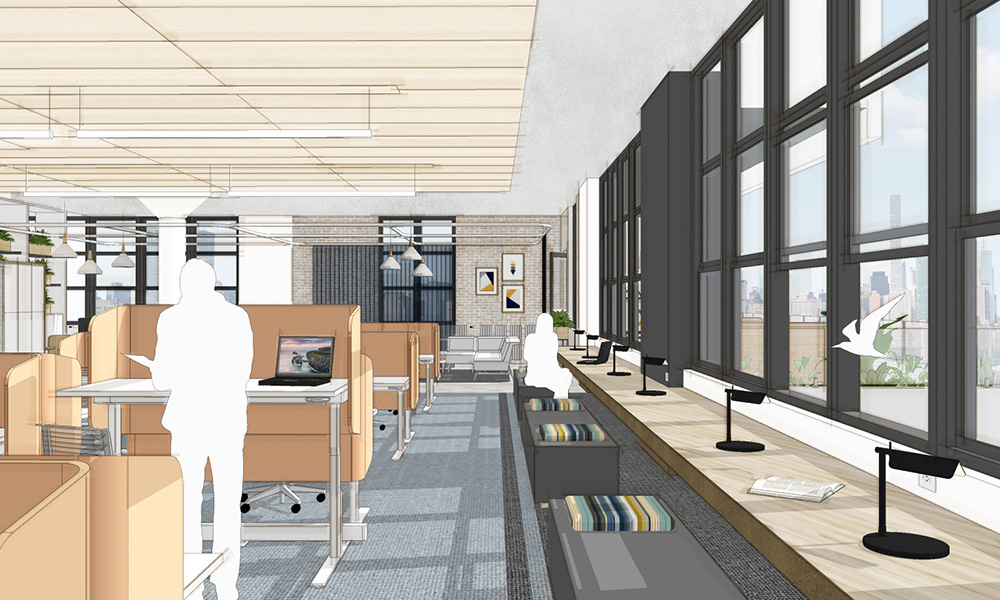
The IDEAL OFFICE TYPE
After the pandemic, offices will focus on opportunities to reduce touchpoints and enhance cleaning to support employee safety. Open floor plans support easier cleaning and limit the number of surfaces touched by employees. Open-plan offices may provide better opportunities for natural ventilation that contributes to reducing the spread of pathogens. Further, these office prototypes are flexible for furniture reengagements that foster collaboration and social distancing. We can assume that with the increase of remote working options, office spaces may require smaller conference rooms with seamless technology to support communication and productivity within teams.
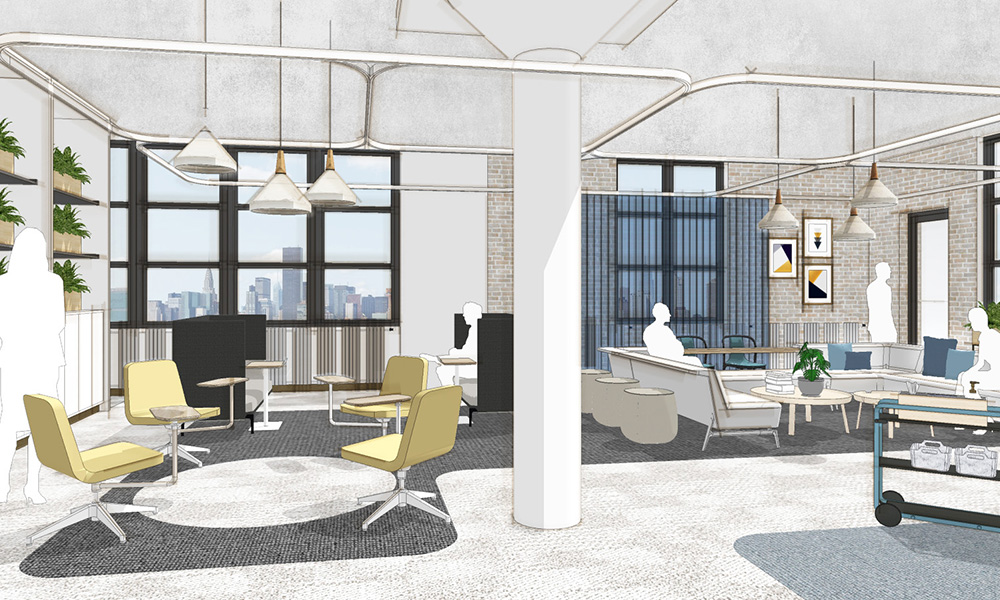
OFFICE FOR COLLABORATION AND SOCIALIZATION
Although remote work may be a beneficial style for many employees, there are still those who would prefer a physical office as an option. Employees need office space for face-to-face collaboration, problem-solving, team connectivity, and social interaction. The social aspect of work has obviously suffered to a degree. Social interaction is the main component of innovative work. Social isolation has created a new rise in stress, anxiety, and lower mental health scores. The survey report by Qualtrics found that new remote workers were 30 percent more likely to experience a decline in mental health.
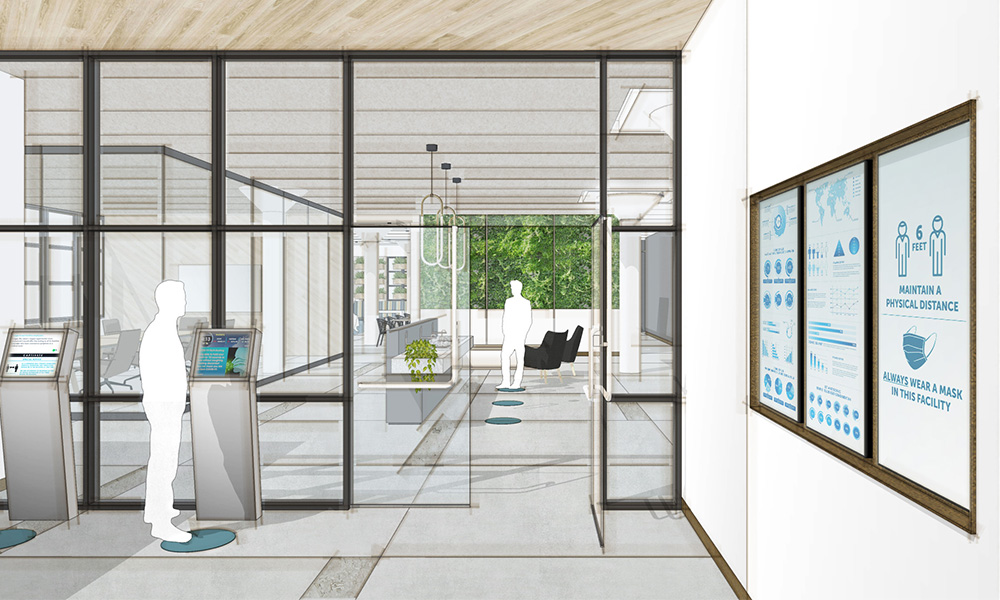
CULTURE AS A CATALYST FOR A SAFE WORKPLACE
To create a holistic environment, design and culture need to work concurrently. While designers can alter the physical environment of the workplace for enhanced safety outcomes, there is a need for a cultural shift and leadership support to administer these affordances. Workplace culture needs to support remote working during sick days, routine hand-washing behavior, and options to maintain adequate social distancing measures to function as a safe environment both during and after the pandemic.
There is no one-size-fits-all approach to tackling these pressing questions. Every organization, company, or institution has had to make split decisions on how best to keep their workforce safe and how best to navigate through ever-changing circumstances. The pandemic will likely change our day-to-day experience long after the crisis has subsided, but how meaningful or lasting those changes may be is up for debate. As architects, engineers, and interior designers, we feel a certain obligation to answer these questions or at least provide supportive guidance.
That’s why we’ve put together our Design Guide for a New Workplace Experience, which contains a Design Assessment Tool – a summary of general and specific recommendations to incorporate in any type of workplace. These recommendations can guide the design process of brand-new office environments as well as be applied while selectively retrofitting existing spaces.
